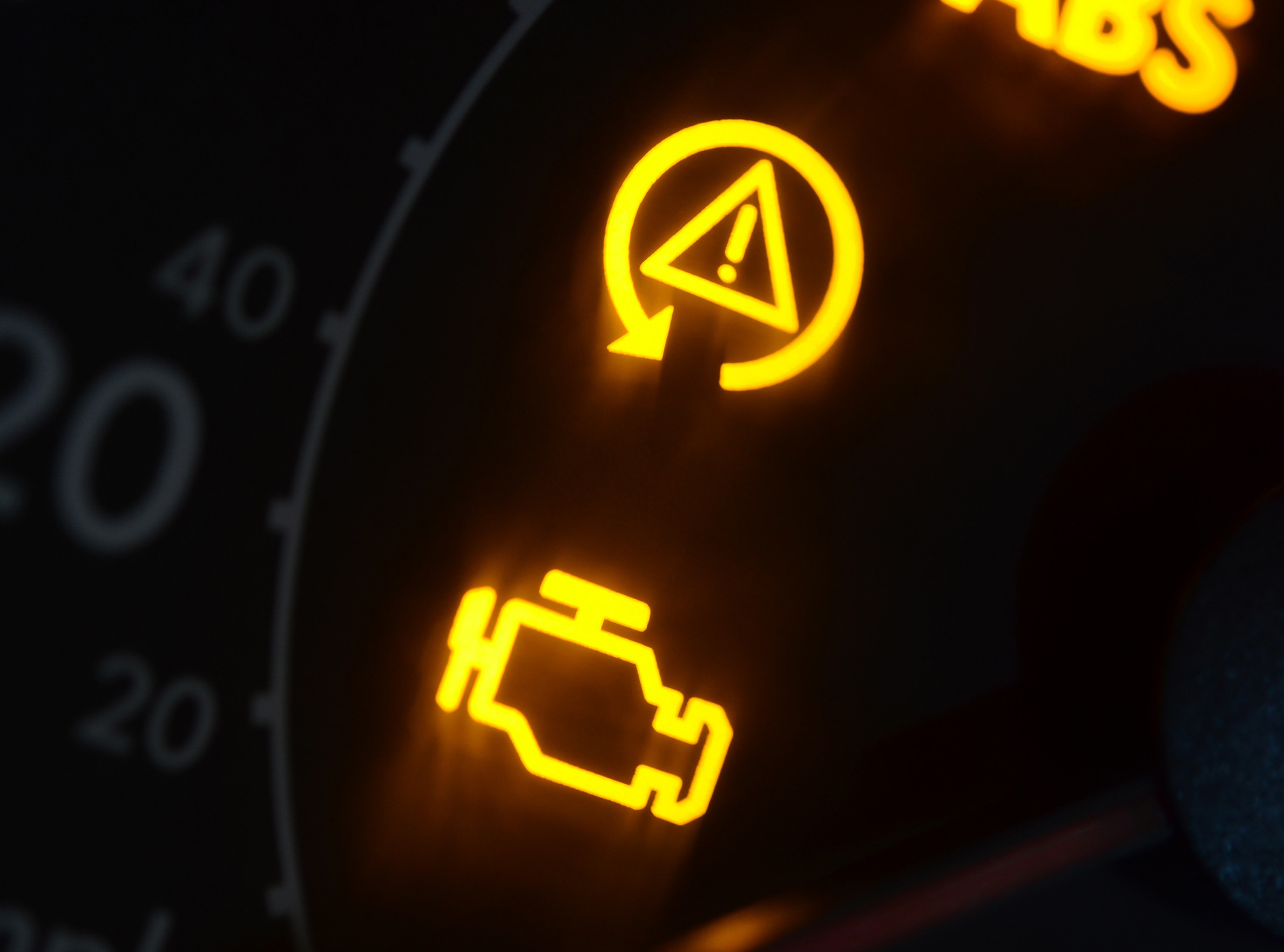
For years, car owners and even shady dealerships relied on a quick “check engine light reset” to make problems disappear… at least on the surface. As a former mechanic, I have reset a check engine light or two in my day. With a simple OBD-II scanner or battery disconnect, that pesky light could be turned off, giving the illusion of a healthy car. But in today’s world, resets aren’t fooling mechanics, buyers, inspection officials, or even modern vehicles themselves. Technology, transparency, and stricter laws mean that clearing the light without fixing the issue could land you in bigger trouble than the problem itself. Here’s why engine light resets just don’t cut it anymore.
Dealerships and Buyers Now Use Advanced Scanners
In the past, a quick reset might have hidden a problem long enough to sell a car. But now, even everyday buyers bring portable OBD-II scanners to used car inspections. These devices show whether codes were recently cleared, exposing attempts to hide mechanical issues. Dealerships are required by law in many states to disclose check engine light problems, and most use advanced diagnostic tools that track a car’s history. Resetting the light is no longer enough to cover up costly repairs.
Cars Store Permanent Trouble Codes
Modern vehicles are designed to be smarter than quick fixes. Many models now store “permanent trouble codes” that stay logged even after the check engine light is cleared. These codes can’t be erased until the actual issue is fixed and the vehicle passes its required drive cycles. This makes it nearly impossible to mask problems like misfires, emissions failures, or transmission errors with a simple reset. The car essentially tattles on itself.
Mechanics Spot the Patterns Instantly
Professional mechanics know the difference between a genuinely clean system and a recently cleared one. When they see all diagnostic monitors showing “not ready,” it’s a dead giveaway that the system was reset. This signals that someone may be trying to hide a deeper issue. Instead of fooling mechanics, resets now raise red flags that encourage them to dig deeper into the problem.
Emissions Testing Catches Cheaters
Many states require emissions testing as part of annual inspections, and these tests rely heavily on onboard diagnostics. If a car’s monitors show “incomplete” or “not ready,” it often fails instantly. That means even if the check engine light is off, the vehicle still won’t pass until enough drive cycles confirm the problem is fixed. Resetting the light before inspection is almost guaranteed to backfire.
Insurance Companies Pay Attention
It may surprise some drivers, but insurance companies can also access vehicle diagnostic data in certain cases, especially after an accident. If the system shows recent resets without corresponding repairs, it could impact claims or investigations. Attempting to hide car problems this way could put your coverage at risk. What once felt like a harmless trick now creates long-term complications.
Resets Don’t Address Root Problems
At the end of the day, clearing the check engine light doesn’t solve anything. It’s like putting a bandage over a warning sign instead of fixing the real issue. Ignoring an oxygen sensor failure or catalytic converter problem can turn a $200 repair into a $2,000 replacement down the line. Resetting the light may buy time, but it only delays the inevitable and usually makes things worse.
Car Buyers Are Smarter Than Ever
Today’s car shoppers are informed, connected, and cautious. Online resources warn buyers about tactics like resetting check engine lights to hide damage. Many will walk away immediately if they sense dishonesty. Word spreads quickly on review sites, so sellers who rely on quick resets to make a sale often find their reputation ruined. Trust is harder to rebuild than any car engine.
Reset Attempts Can Hurt Resale Value
Dealers and mechanics often track vehicle diagnostic history during appraisals. A car with suspicious resets may get flagged as “high risk,” dropping its trade-in or resale value significantly. Even if the car runs fine, the perception of dishonesty hurts its market appeal. Instead of trying to fool the system, addressing repairs head-on can protect long-term value.
Manufacturers Are Closing the Loopholes
Automakers know that drivers and sellers have long tried to cheat the check engine light. In response, they’ve built more sophisticated diagnostic systems that are harder to trick. From encrypted onboard software to cloud-based data tracking, many vehicles now communicate directly with manufacturer systems. This ensures that unresolved issues don’t stay hidden for long.
Honesty Is Becoming the Only Option
With all the checks in place (emissions tests, advanced diagnostics, smarter buyers, and stricter regulations), resetting the engine light simply doesn’t work like it used to. Transparency and proper repairs are the only real solutions. The check engine light isn’t just an inconvenience; it’s a critical warning designed to protect drivers, passengers, and vehicles alike. Ignoring it risks safety, money, and trust.
The Light Is On for a Reason
The era of fooling buyers or inspectors with a reset button is over. Today’s cars and systems are designed to expose quick fixes, forcing drivers to deal with problems at their source. Addressing the issue early not only saves money but also ensures safety and reliability on the road. When the engine light comes on, the smartest move is to face it head-on, not try to trick it away.
Have you ever bought a car that seemed fine until the check engine light came back on? Share your story in the comments!
You May Also Like…
- 8 Sounds in Your Engine That Are Never “Nothing”
- What Car Brand Changed Its Engine Design Without Telling Anyone?
- 7 Cars Known for Engine Trouble That You Should Avoid
- The Secret Reason Your Engine Light Was “On” — And Then Mysteriously Turned Off
- The Evap System Failure That Could Be Triggering Your Check Engine Light
The post Why Engine Light Resets Aren’t Fooling Anyone Anymore appeared first on Clever Dude Personal Finance & Money.







